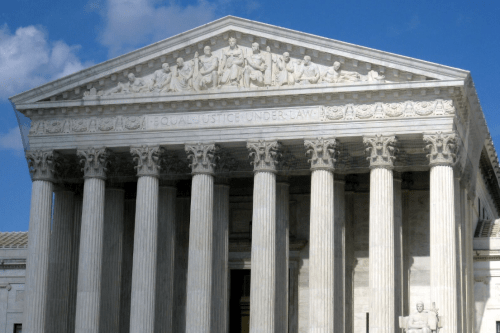Nearly two years have passed since the last U.S. combat troops associated with the war effort left Iraq. And on balance, it has been a very difficult two years, with a substantial increase in violence and much worse relations across Sunni-Shia lines than at any time since before the surge of 2007/2008. That said, there is reason for hope in Iraq — though it will require substantially better decision-making by Iraqi politicians than has been witnessed in the recent past.
Three chief factors account for the reversals in Iraq. First, Prime Minister Nouri al-Maliki increased his autocratic ways, arresting Sunni politicians and otherwise setting back efforts at cross-sectarian peacemaking. Second, the departure of U.S. forces left Iraq less well prepared to handle the infiltration or recruitment of new al-Qaida operatives. Third, the conflict next door in Syria provided a new source of such operatives as well as weaponry and organizational structure. Syria’s internal crisis has also provided sanctuary for al-Qaida. Abu Bakr al-Baghdadi, among the three most wanted terrorists globally and leader of al-Qaida in Iraq, is presently believed by the State Department to be overseeing operations from a hideout in country.
The result of all this has been, among other things, a resurgence of extremists within Iraq. Counting terrorists has always been a difficult endeavor. Nonetheless, estimates of their ranks were down to 1,000 or fewer as the United States departed in late 2011. That was off from a peak of 10,000 foreign fighters when violence was at its worst. Since U.S. combat troops left, however, AQI ranks have re-grown to at least 2,500 and probably higher. AQI is not the only organization to have concerns about either, as it works closely and is in some ways meshing with Al Nusrah in Syria as just one example.
AQI generally targets Shia in its attacks, and the government’s response involves security sweeps against largely Sunni regions full of folks already less than enamored with a Shia government that has arguably treated them poorly. Most Sunnis (and most Shia) may not want any part of this — but their willingness to cooperate with their own government and security forces in identifying and otherwise opposing extremists in their midst is lessened when they lose faith in the government.
After steady but low-level violence for the last few years, 2013 has been trying, particularly during several punishing stretches this spring and summer, like during the holy month of Ramadan and again in September. Monthly civilian fatalities as high as 1,000 — while terrible — remain below the wartime peak, when tolls sometimes surpassed 3,000 a month. But losses are the biggest in five years there, and the tempo of attacks, with an estimated 68 car bombs a month this year, generally continues at a pace not seen since violence was nearer its peak. Security forces fatalities have also increased from an average around 50 per month since 2009 to 100-150 or more a month since March.
There are nonetheless some reasons for hopefulness. Iraq’s energy sector continues to increase in capacity and capability, bringing oil revenues to around $100 billion per year in 2012 and likely again in 2013. This compares to the $20 billion brought in the year after Saddam Hussein fell. Infrastructure and maintenance issues have slowed the progress in ramping up production, but many indicators continue to point toward Iraq being a powerhouse producer in the decades ahead. In the last year Iraq surpassed Iran as the second highest producer in OPEC behind Saudi Arabia, at roughly 3.25 million barrels per day.
Growth of the economy has continued to be strong since the United States departed, with annual GDP increases of around 10 percent per year since 2011. At the same time, inflation has been kept to a relatively manageable 5 percent per year. Still, much of the economic gains are tied to oil. Iraqi leaders realize this, and they recently announced a five-year plan designed to diversify the economy with a focus on sectors like services, communications and education.
Wider infrastructure problems continue to stymie Iraq’s growth, and electricity generation is still inadequate. However, the good news is that it has doubled from pre-war levels of around 4,000 megawatts per month.
In the end, American leverage is limited, and Iraq is again at a dangerous point in its history. This is no time for happy talk. But neither is it time for despair. So far, while tragically violent, the country has not returned to organized civil war, and indeed some elements of Iraqi life and the Iraqi economy have improved of late.
The stakes in next year’s Iraqi elections are high. Elections have tended to tear the country apart rather than unify it, especially in 2005, and there is a risk of that again, particularly if Prime Minister Maliki again seeks to lead the government. It would be better if he stepped down. But perhaps with fresh blood in politics, and a renewed spirit of compromise across sectarian lines, perhaps there can be less blood on the streets. That should be the aspiration of American decision makers as they seek to use whatever leverage Washington still has left with Baghdad to steer its people and politicians — and most of all, its current prime minister — in more positive directions.


Commentary
Op-edIn Bloody Iraq, Not All Hope is Lost
October 13, 2013